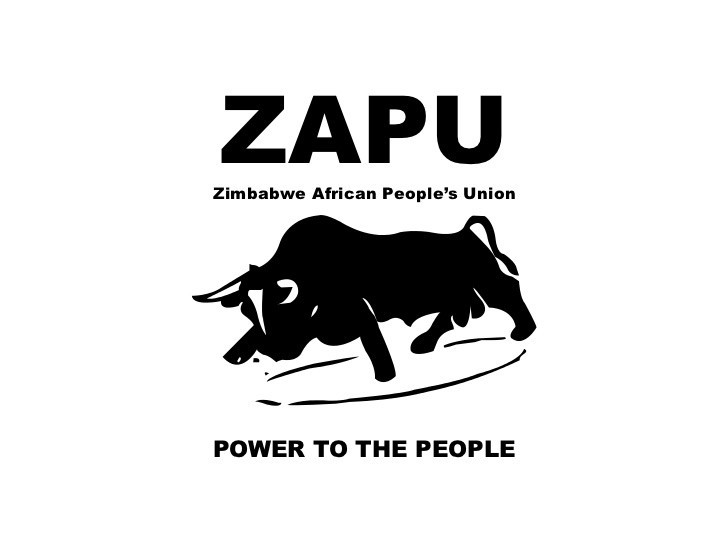
AUSTRALIAN energy firm Invictus Energy Limited (IEL) ended the fourth quarter of last year with a surplus of AUD12,62 million (US$8,95 million) following a period of exploration of the Cabora Bassa Basin, northeast of Zimbabwe.
The announcement was made in IEL’s company results for the period under review, which was down nearly 56% from the previous quarter’s cash holdings of AUD28,49 million (US$20,23 million). In its annual report for the period ended June 30, 2022, IEL revealed that it had raised an equivalent of US$32 million in capital funding mostly through stock raising initiatives using its shares and later attracted external funding.
During the period under review, IEL invested AUD16,62 million (US$11,77 million) in its exploration and evaluation activities, down from AUD27,1 million (US$19,21 million) in the previous quarter.
These investments were supported by IEL realising AUD1,87 million (US$1,32 million) from share raising schemes to bolster its capital spending.
On Monday, IEL announced it had identified 13 potential hydrocarbon bearing zones across the Pebbly Arkose and Upper Angwa formations of the Cabora Bassa Basin by the time it ceased drilling.
“The Upper Angwa primary target contained a 1 400 metre vertical section of sand, siltstone, carbonaceous claystone and coal, which can be indicators of potential hydrocarbon reservoirs and have confirmed the presence of competent seals. The Upper Angwa formation is thicker than anticipated from pre-drill estimates, which bodes well for the future prospectivity in the Cabora Bassa Basin,” IEL said.
“Due to a deterioration in borehole conditions, the company elected to drill a sidetrack, Mukuyu-1 ST1, to complete evaluation of the Mukuyu structure. Mukuyu-1 ST1 was drilled to a total depth of 3 603 metres and encountered fluorescence and elevated gas shows in multiple zones in the Upper Angwa primary target. Preliminary analysis of wireline logs indicated multiple gas zones and potentially liquid hydrocarbon bearing intervals.”
The firm added: “Wireline log interpretation calculated porosity of up to 15% and gas saturation of up to 90% in selected potential pay zones, but are yet to be calibrated with fluid and core data, and are subsequently subject to wide margins of error.”
- Invictus in potential hydrocarbon findings
- Invictus in US$8,95m surplus after drilling investments
- Invictus to begin drilling at second site in early Q3
Keep Reading
During the period, IEL commenced drilling at one of two identified drill sites, the first being the Mukuyu-1 wellbore where the project is in Zimbabwe's Muzarabani district, Mashonaland Central province. Once drilling is completed of the Mukuyu-1 well, IEL will move onto to its second wellbore called the Baobab-1, a shallower and more liquid prone area.
However, owing to breakdowns in its drilling activity towards the end of the period under review, IEL ceased activities as it was not able to collect a viable hydrocarbon sample that would allow it to declare an oil or gas discovery.
According to its cash flow statement for the period under review, IEL managed to reduce its staff costs by 62,32% to AUD107 000 (US$75 953,92) while administrative and corporate costs were down 58,41% to AUD650 000 (US$461 227,39).
“Subsequent to quarter end, as announced in the ASX release on 23 January, a total of 13 potential hydrocarbon bearing zones (Table 1) were interpreted in the Pebbly Arkose and Upper Angwa formations following completion of operations of the Mukuyu-1 ST1 well,” IEL said.
“Of note is the primary target Upper Angwa formation, with 11 identified potential hydrocarbon bearing zones totalling a combined 225 metres.”
Prior to drilling, IEL received a report identifying a gross mean recoverable conventional potential of the Basin Margin Area of 1,17 billion barrels of conventional oil.
- Follow us on Twitter @NewsDayZimbabwe










